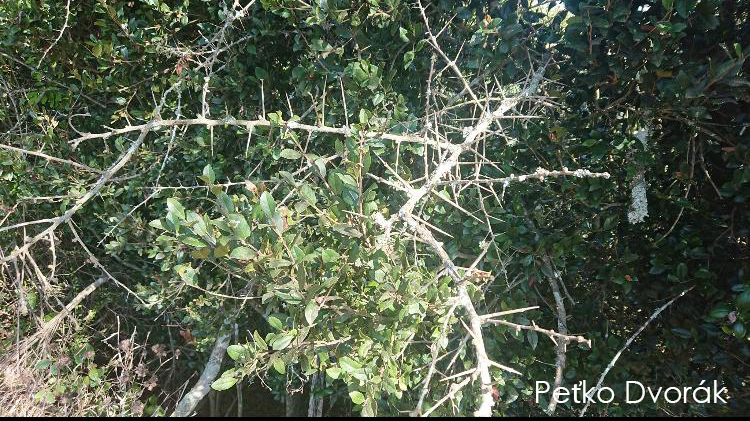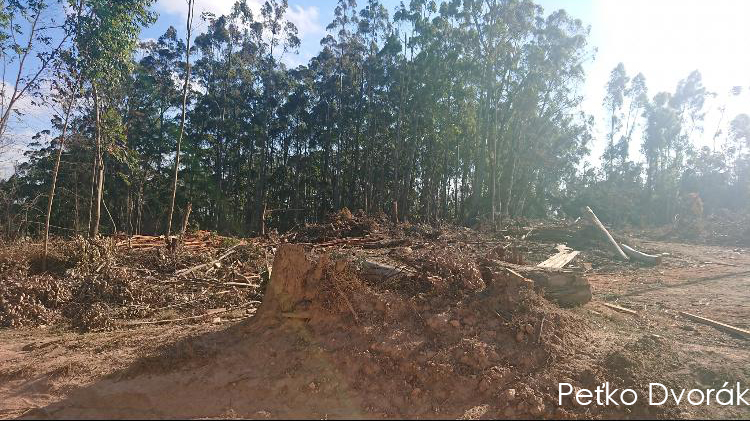
Trioceros laterispinis Natural History
A video introduction to Trioceros laterispinis with the voice of Jurgen Van Overbeke and the photography of Pet’ko Dvorák, Michele Menegon, and Jurgen Van Overbeke.
Trioceros laterispinis occurs in the Udzungwa Mountains of Southwest Tanzania. They are a higher elevation species found from 1300-2000m high. Trade has been historically, and remains, highly restricted to a few captive bred specimens a year. It is one of the rarest chameleons in captivity. Though it is one of the most spectacular as far as cryptic camouflage. Living in an area covered in moss and lichens, they have developed a coloration and shape that blends in eerily well.

Captive Husbandry
Jurgen Van Overbeke is a chameleon breeder in Belgium who has extensive experience with a wide range of chameleon species. He offers his insight into breeding and keeping Trioceros laterispinis.
“Trioceros laterispinis is a unique species that is totally adapted to their environment. Their entire body is colored like the mosses and lichens with a shape that helps disguise their animal nature.
Temperature is very important. Pet’ko Dvorák measured temperatures in their natural habitat at 22C (72F) during the day and a nighttime drop to 15C (59F). I have found that, in captivity, they do not like to go any warmer than this. In both outdoor and indoor keeping, they will bask in the morning, but quickly retreat back into their heavily planted cage.
They are a small chameleon, with a total length of about 15cm. The cage is heavily planted. Hydration seems to be very important. I fog their enclosure for 2 to 3 hours each night and mist their cage once in the morning and once in the afternoon. I see them drinking every day so they need that regular hydration.
They are not picky eaters. Gutloaded crickets and baby silkworms were readily accepted. T. laterispinis is a live bearer with a gestation of about 6 months. Small females produce about 8 babies with larger females capable of 16. Both my experience and a fellow breeder’s experience is that a large number of babies are female. Between us, 80-90% of the babies produced were female so we are trying to figure out what is behind that.
It is a very calm chameleon and will stay in one place for days. T. laterispinis is an incredible chameleon and a natural wonder with its cryptic coloration.”









Trioceros laterispinis Natural Habitat
In 2018, Pet’ko Dvorák travelled to Tazania to find Trioceros laterispinis in its natural habitat. He has graciously shared with us pictures of the habitat as well as sobering images of deforested areas where T. laterispinis used to be found. We in the chameleon keeping community are accused of being part of the problem of pressure on the wild populations, but without a place to live there is no hope of stopping the relentless extinction of species. One of our focus organizations to support here at the Chameleon Academy is Eden Reforestation which literally replants forests. Please visit their page here Eden Reforestation Projects, learn about what they do, and consider being part of the solution.














